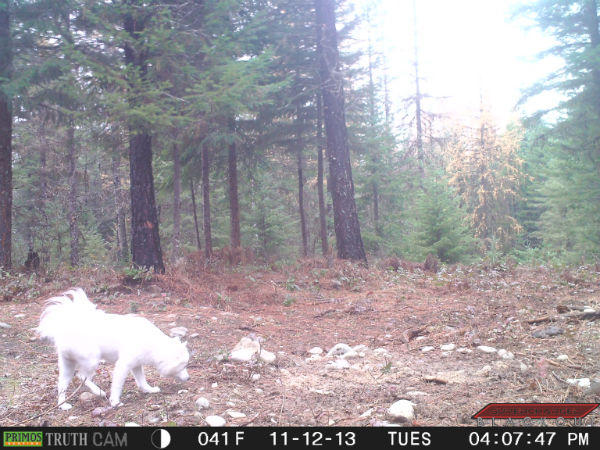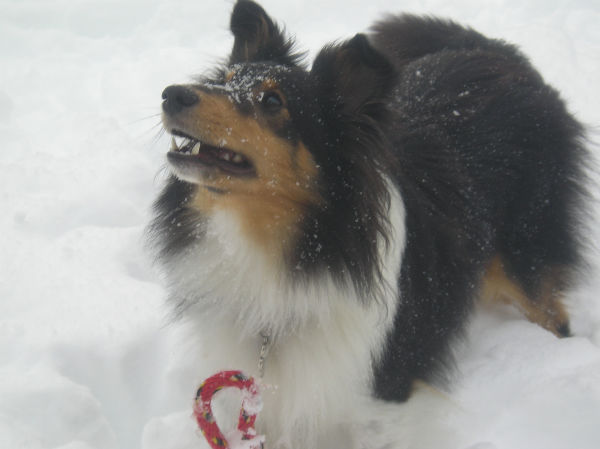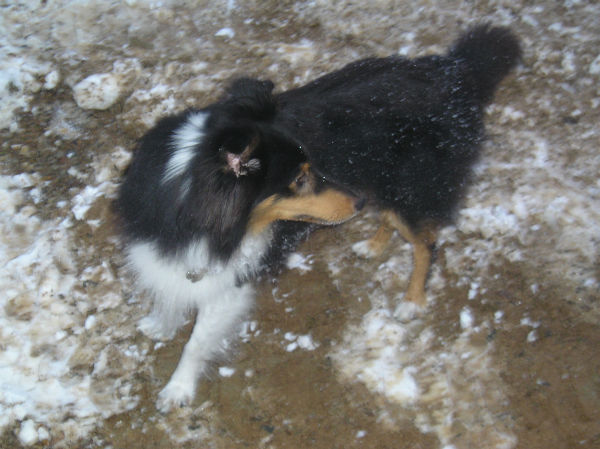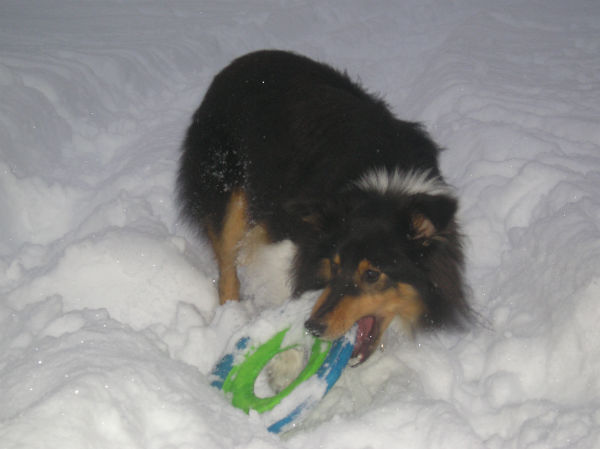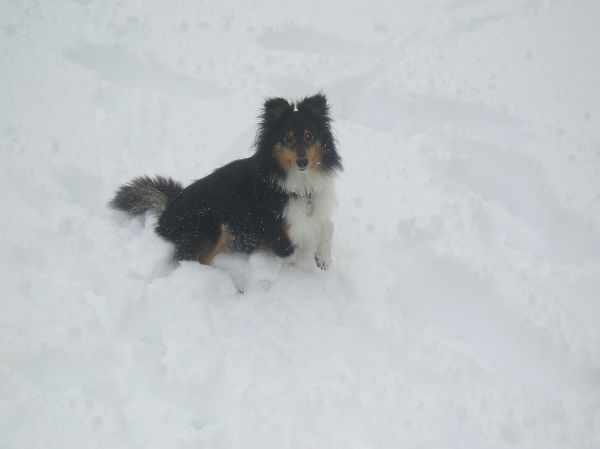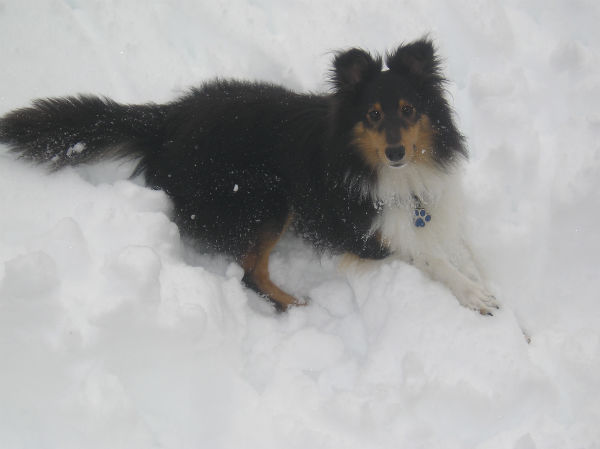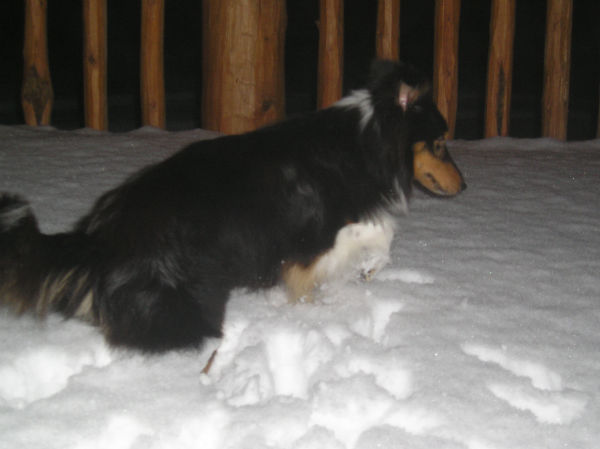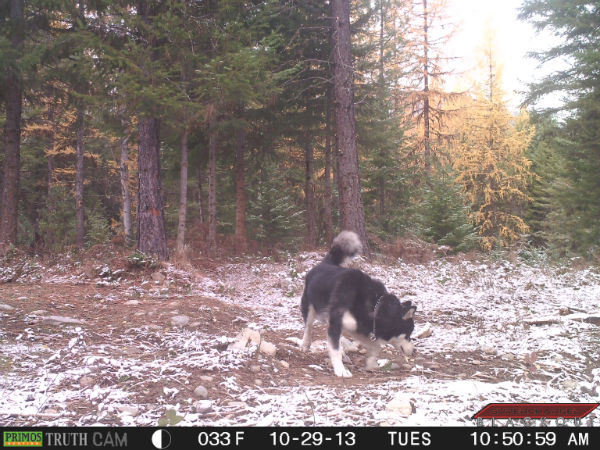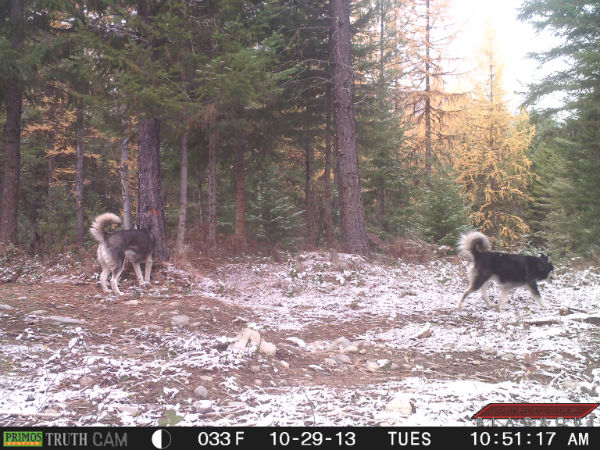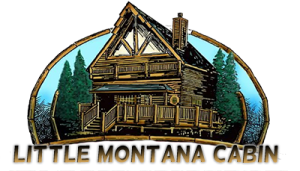Elk
The Elk is the largest in the deer family and one of the largest land mammals in North America. The moose and South Asian Sambar are the only other members of the Deer family that rival the Elk in size. An Elk typical feeds on grass, plants, leaves, and bark. During the mating season the male Elk can be seen posturing, antler sparring, and bugling their ass off. Besides their enormous size they differ from the Deer in color. An Elk’s fur around the neck and head is darker while a deer is typically the same color throughout.
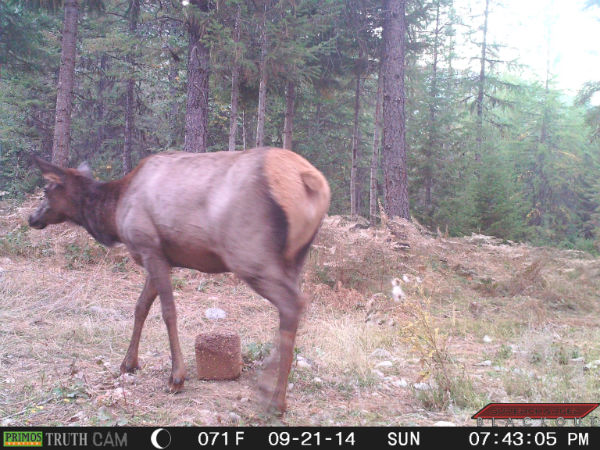


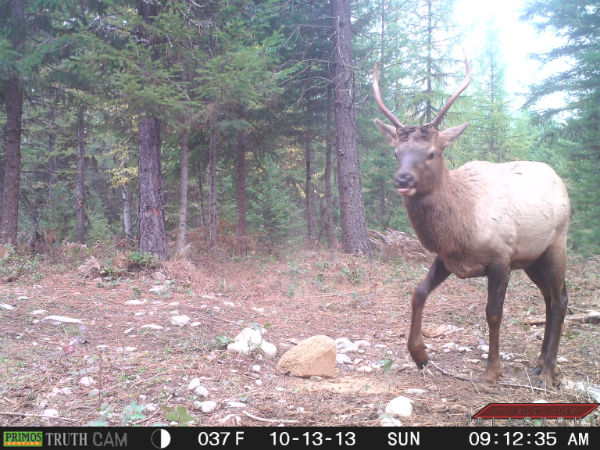
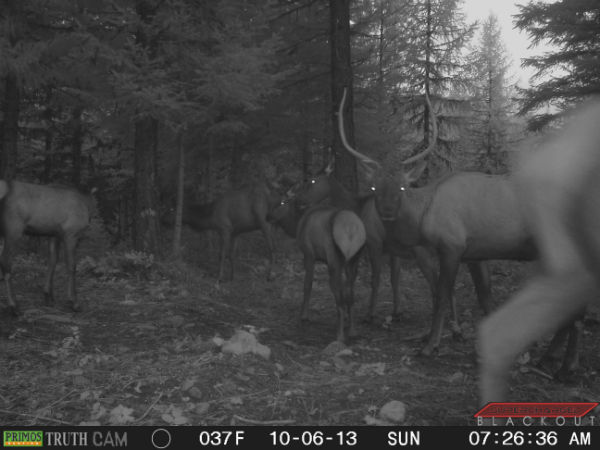
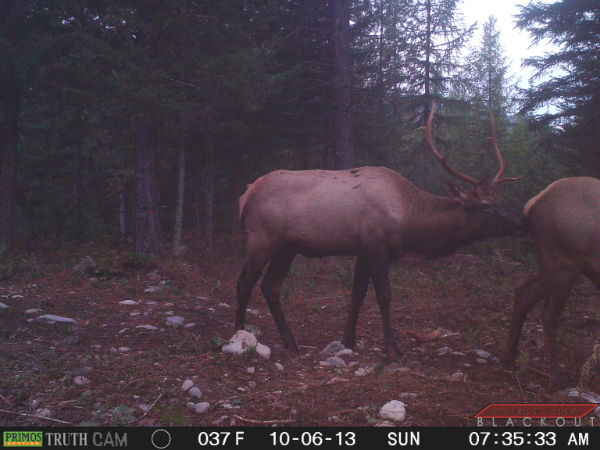

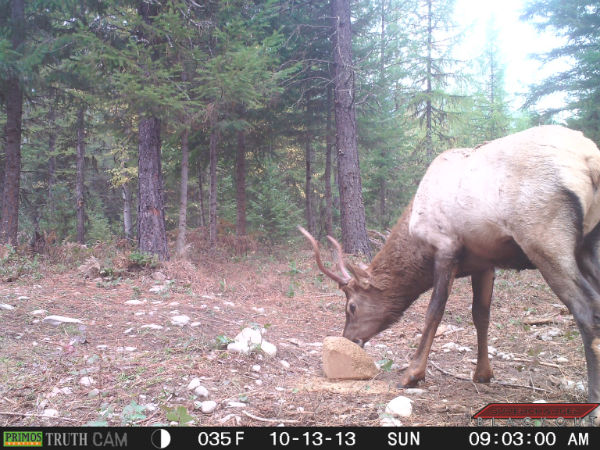
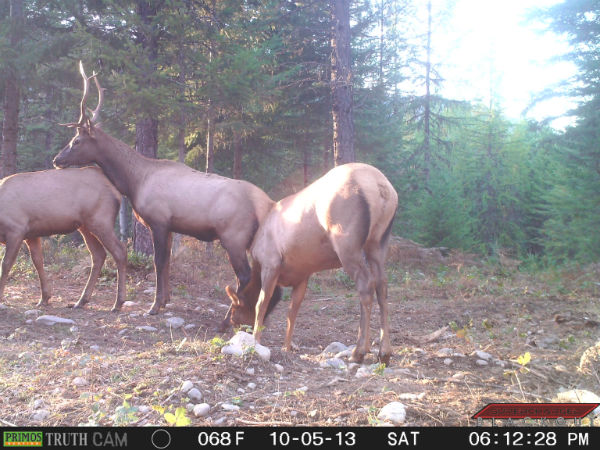
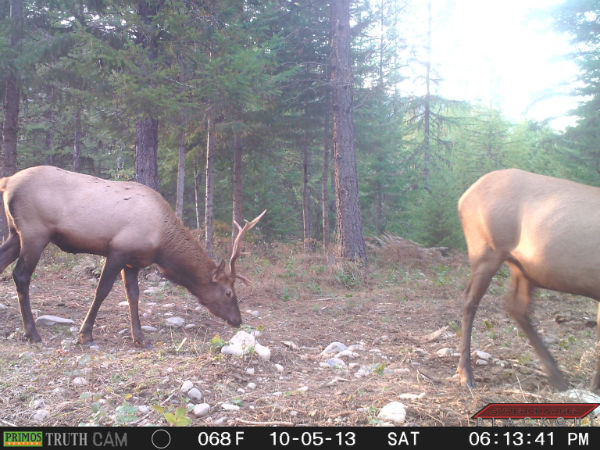
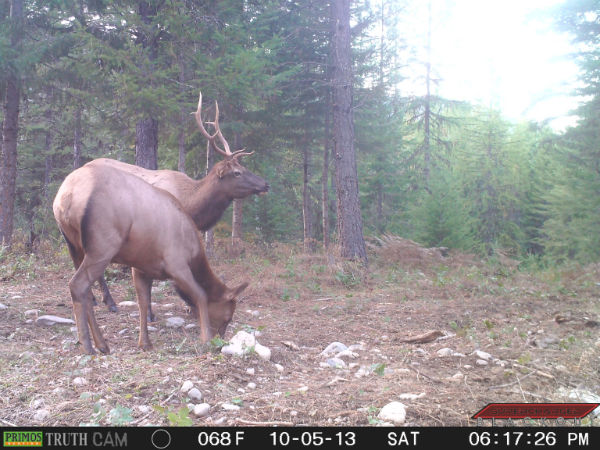



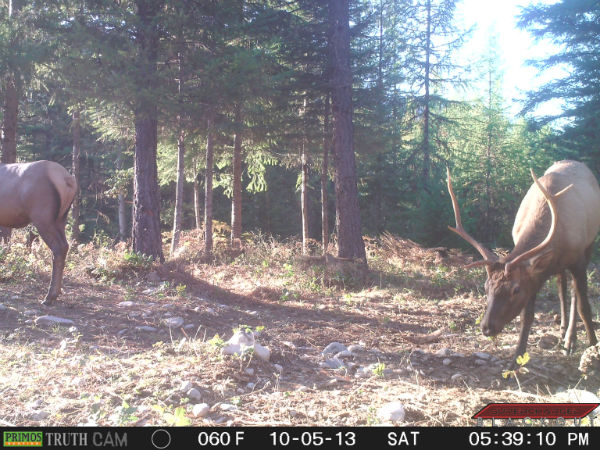
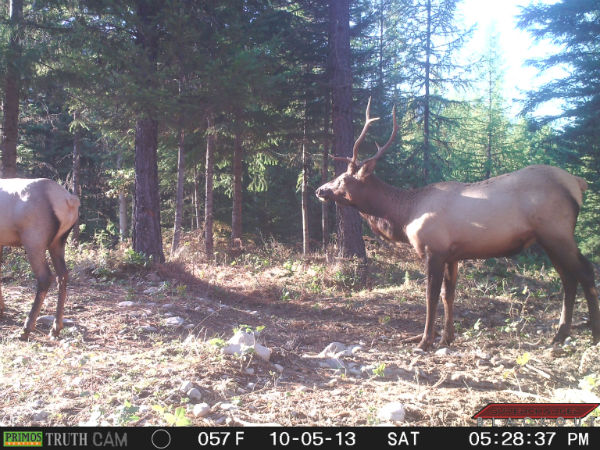


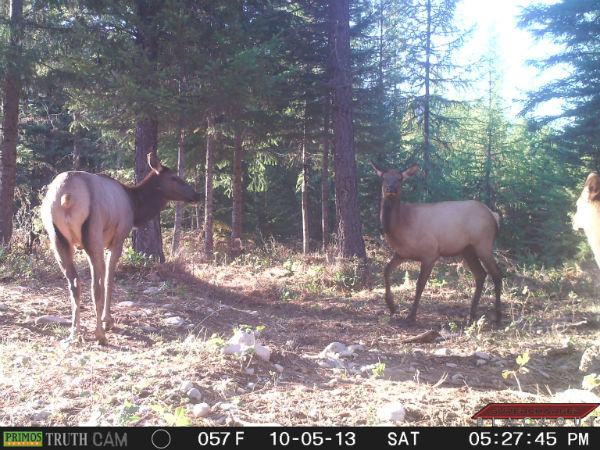
Mule Deer & White Tail Deer
These guys got their name because of their ears. Their ears look like a mule’s ears. Mule deer are more commonly associated with land west of the Missouri River. Other notable differences between Mule Deer and White Tail Deer is their tale. A Mule Deer’s tail is black tipped while a White Tail is not. The Mule Deer is typically the bigger of these two. Lastly, a Mule Deer’s antlers tend to “fork” while the White Tail Deer’s antlers will branch off from one main beam. These Deer will move around based upon available shelter and food or water. Understanding the breeding cycle is equally important for understanding the movement of these Deer. The mating season or “rut” begins in the fall as Does go into estrus. Bucks will compete for mates and become more aggressive. The gestation period last approximately 200 days and the fawns are born in the Spring. The fawn will stay with the Doe for about 75 days and then they are off on their own. Bucks loose their antlers in the Winter and grow a little at a time for the next years rut. You should see some of these Deer every single day while your at the cabin.
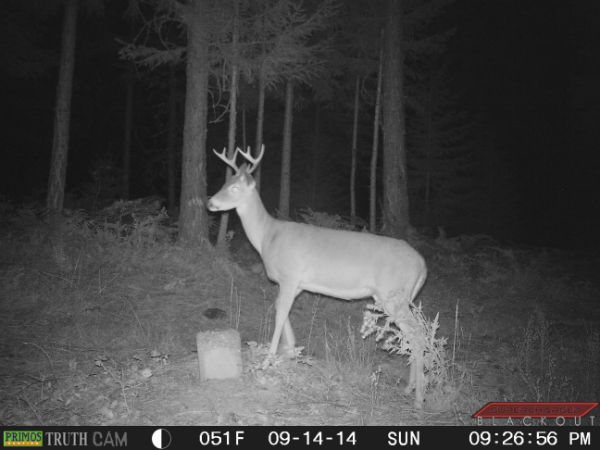
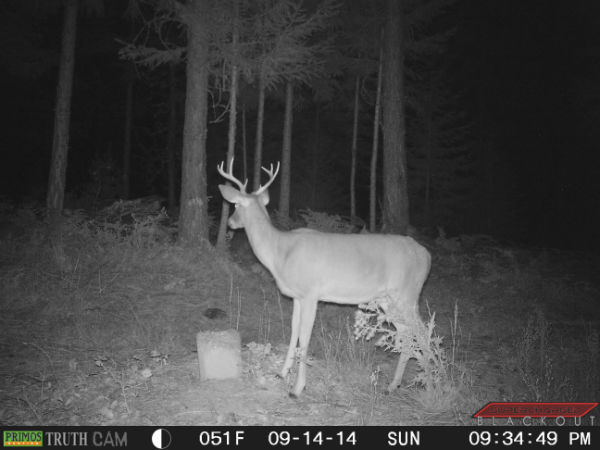

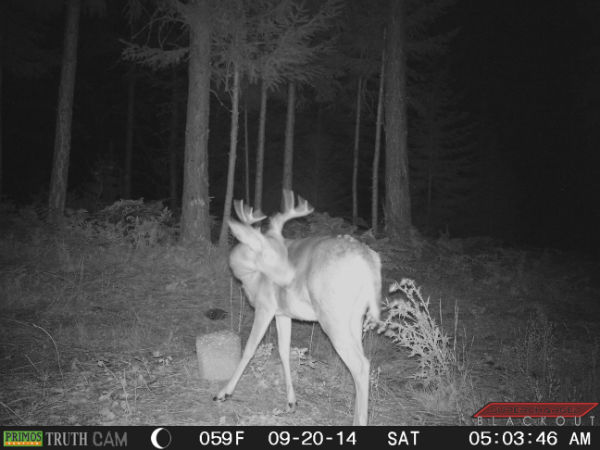

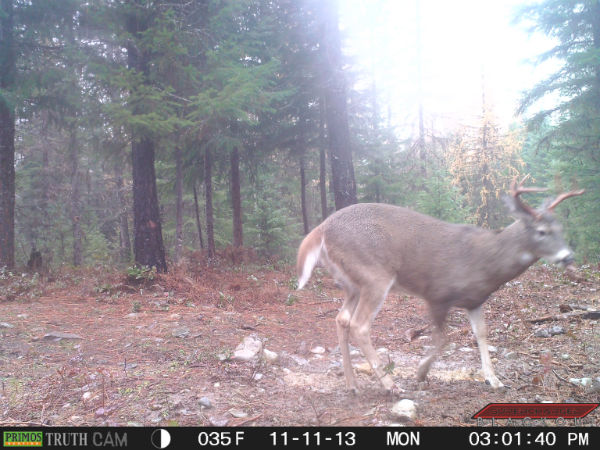


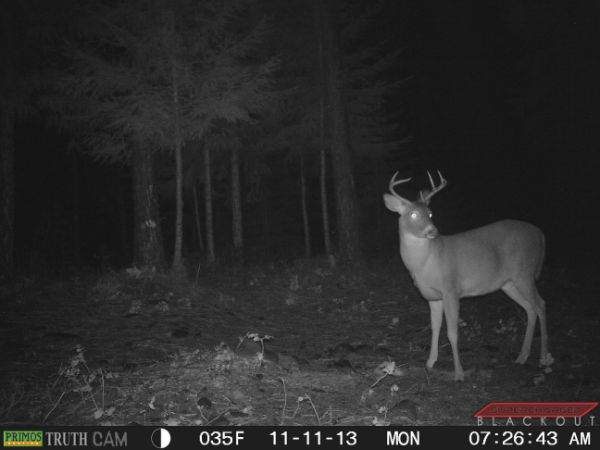
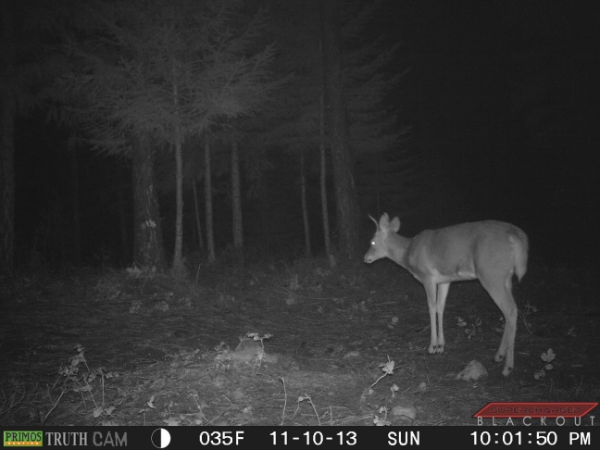








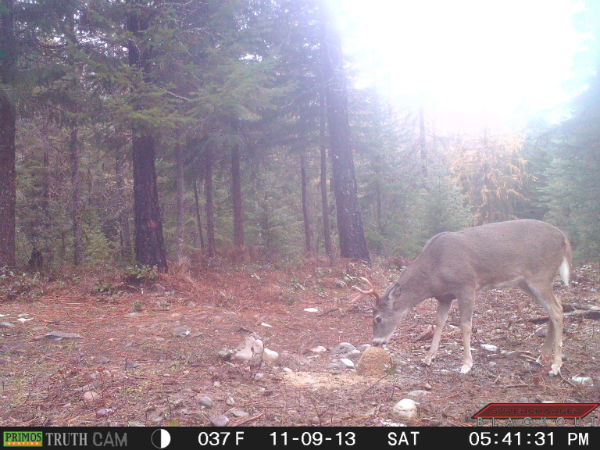


























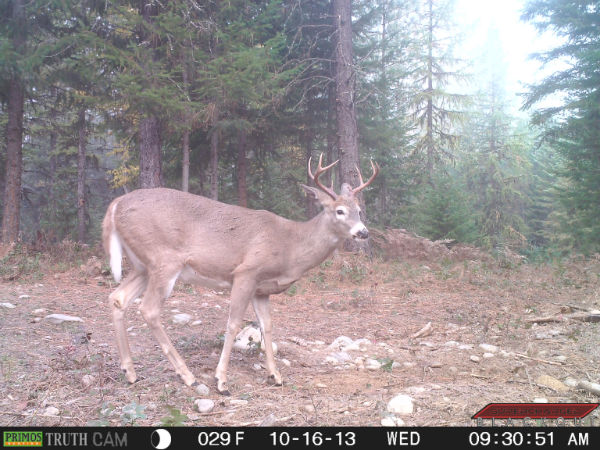



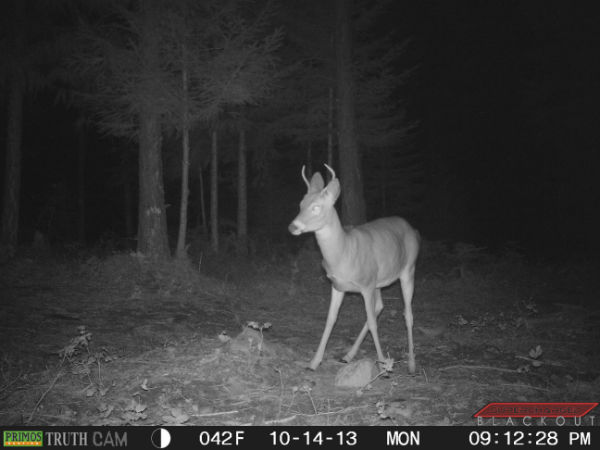
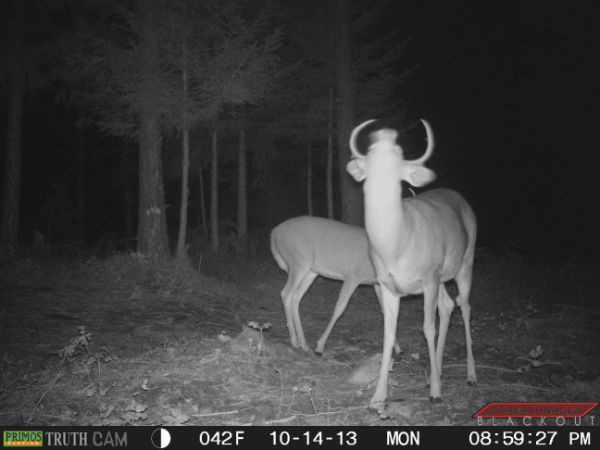



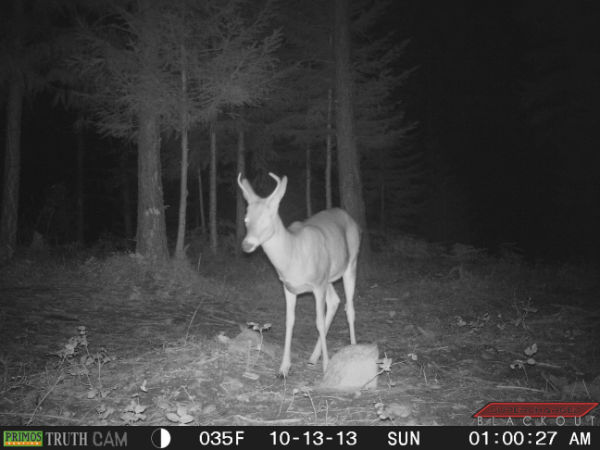
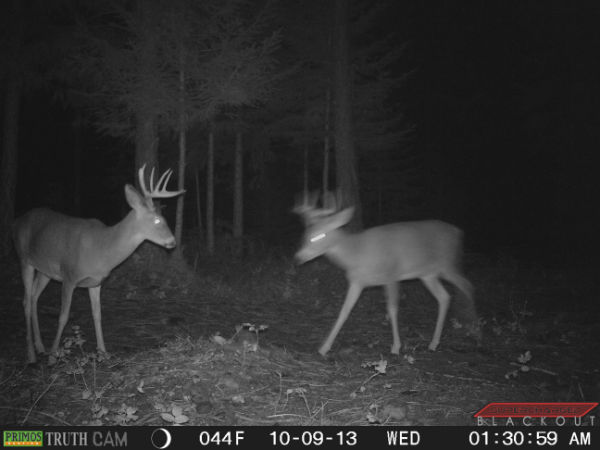

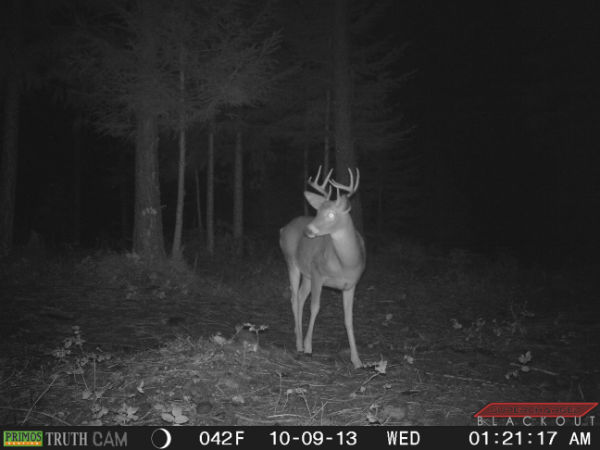
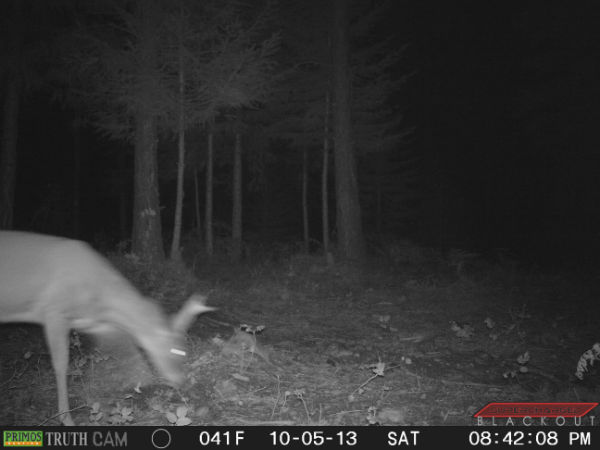



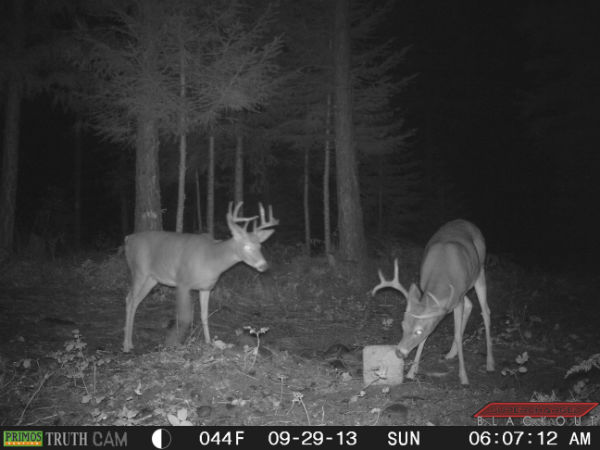



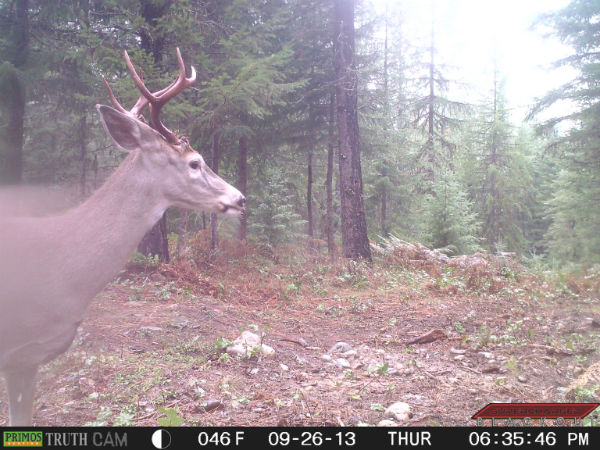
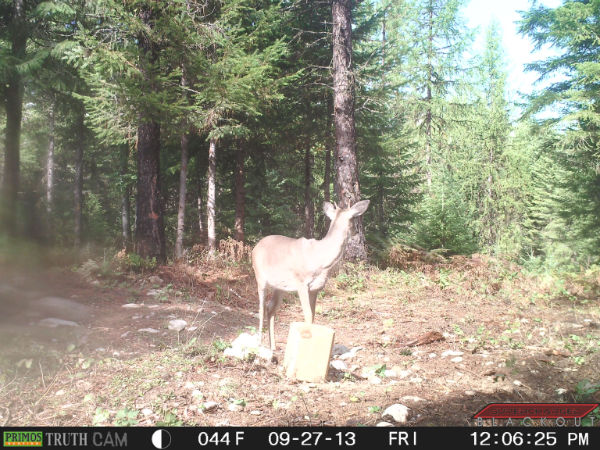


Grizzly Bear
There are less than 1,500 Grizzly Bears left in the United States south of Canada and another 31,000 in Alaska. The Grizzly Bear inherited their name because their brown fur often is tipped in white and when they are backlit by the sun they appear grizzled. A large female Grizzly Bear can weigh up to 800 pounds while a large male Grizzly Bear can weigh up to 1,700 pounds! The Grizzly Bear is an omnivore. They eat everything from nuts and berries and fish to hoofed animals like deer, elk, and moose. The typical life span for a Grizzly Bear in the wild is 25 to 30 years. These guys can climb trees, swim and run 35 mile per hour in short bursts. Nowhere to run or hide so bring a big gun if you go wandering around the lil cabin in the woods.
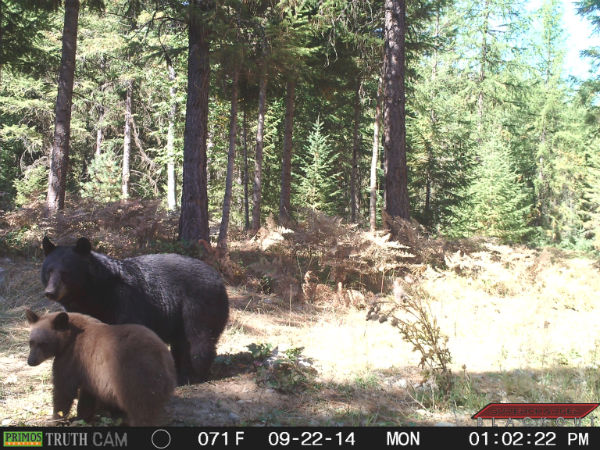



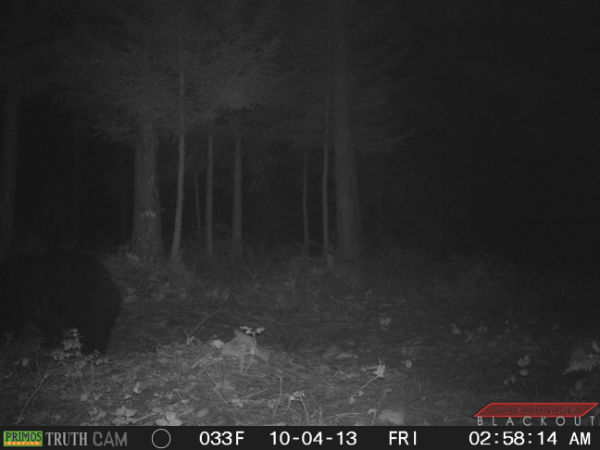
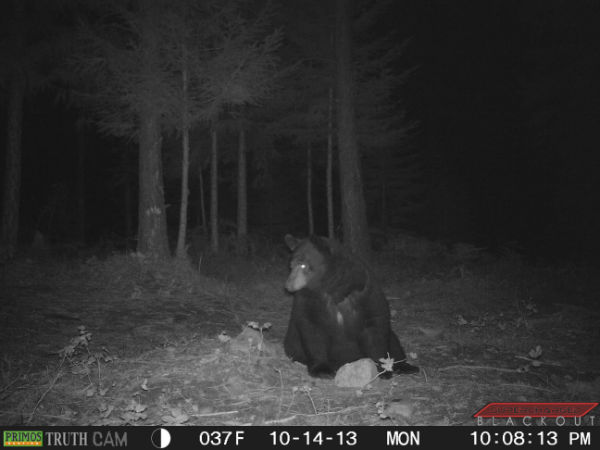
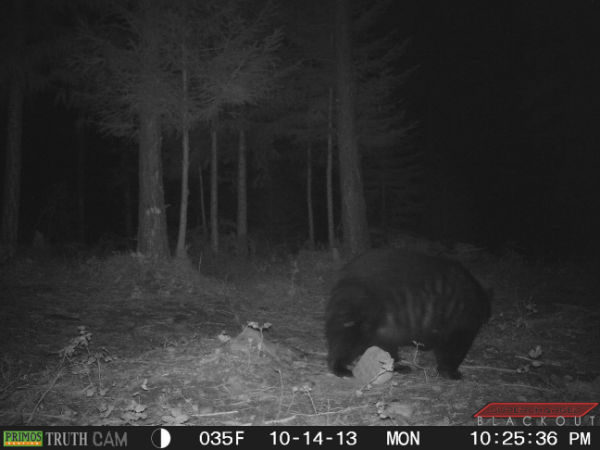

Coyote
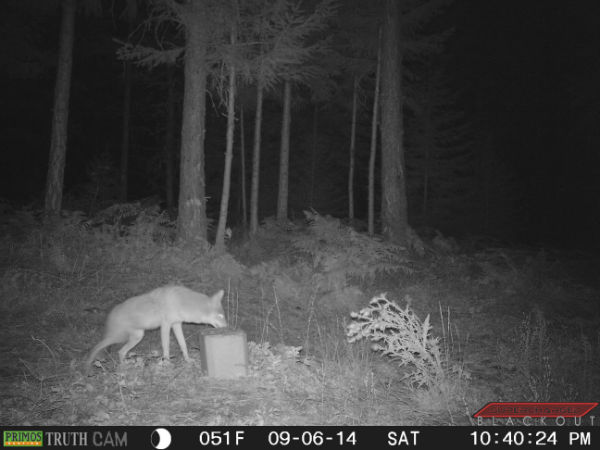
Domesticated Dash-Hound
If you’re lucky, you may catch a peek at the Domesticated Dash-Hound. Standing at a mere 18 inches high and weighing less than 20 pounds it’s his bark than can be more impressive than his bite. This fierce land predator is tri-color although his relatives could be in a variety of colors such as blue merie or sable. The Dash-Hound’s diet consists or “Taste of the Wild” dog food, Training Rewards, table scraps, and plenty of bacon. Rumor has it that the bacon is good for their shiny coat…
